Granulators in the Pharmaceutical Industry
Granulators are equipment used in the pharmaceutical industry to convert bulk materials into granules, which are smaller and more uniform particles. Granulation is an important process in the production of pharmaceutical tablets, where it helps improve the flowability, compressibility, and uniformity of the materials.
There are different types of granulators used in the pharmaceutical industry, including:
-
High Shear Granulators:
These granulators use mechanical force, such as impeller blades or rotor-stator systems, to mix and granulate the materials. High shear granulators are effective in producing granules with controlled particle size distribution and good compactability.
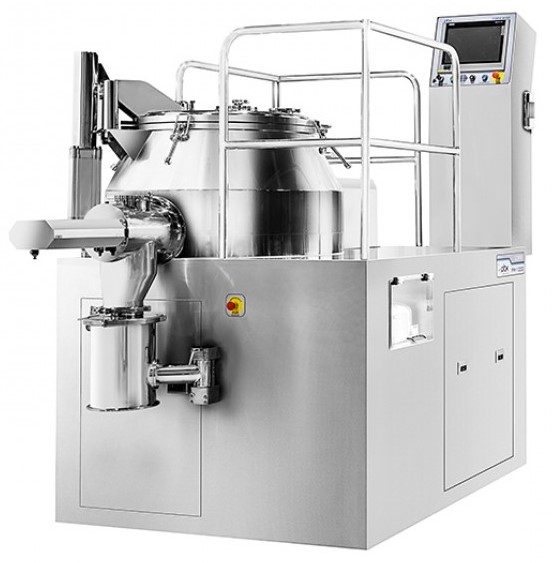
-
Fluid Bed Granulators:
Fluid bed granulators use a fluidized bed of particles to suspend and coat the material particles with binding agents or solution. The granules are formed through a drying process as the liquid is evaporated. Fluid bed granulators are known for their ability to produce highly uniform and free-flowing granules.
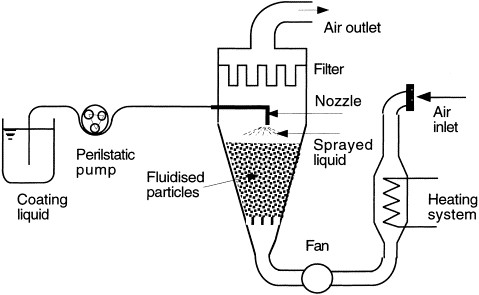
-
Rotary Granulators:
Rotary granulators consist of a rotating drum or cylinder with a series of blades or baffles. The materials are fed into the drum, and the rotating blades break them down into smaller particles, which then agglomerate into granules. Rotary granulators are commonly used for large-scale production and can handle a wide range of materials.
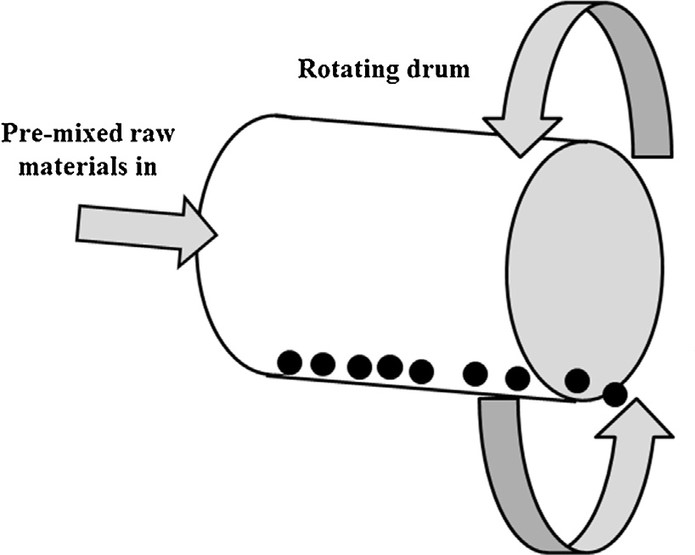
-
Extruders:
Extruders are used in the pharmaceutical industry for both granulation and spheronization processes. The material is forced through a die to form cylindrical extrudates, which are then cut into granules of the desired size. Extruders are suitable for materials that require low shear and controlled granule size.
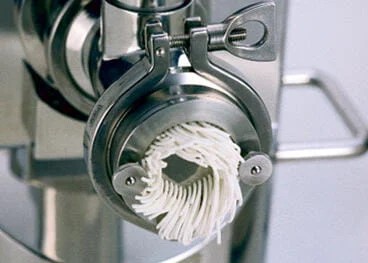
-
Oscillating Granulators:
Oscillating granulators consist of a horizontal rotor with blades that oscillate back and forth. The material is fed into the granulator, and the rotating blades cut and granulate the material as it passes through. Oscillating granulators are commonly used for dry granulation processes.
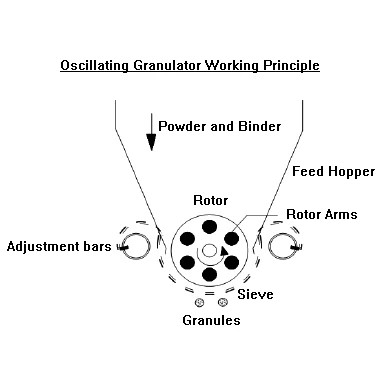
Each type of granulator has its own advantages and suitability for different applications and production scales. The selection of the appropriate granulator depends on factors such as the desired granule properties, process requirements, and the characteristics of the materials being processed.